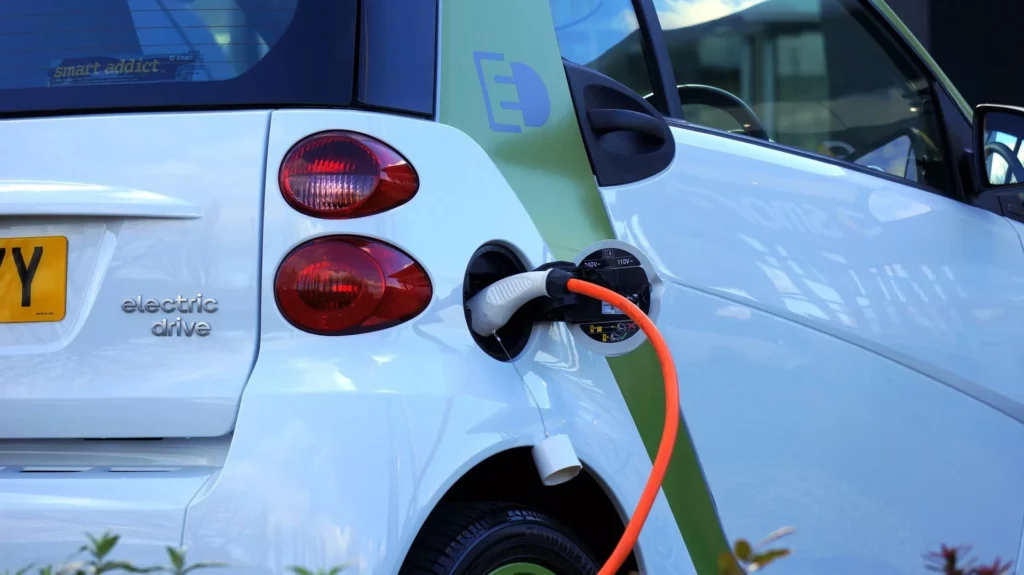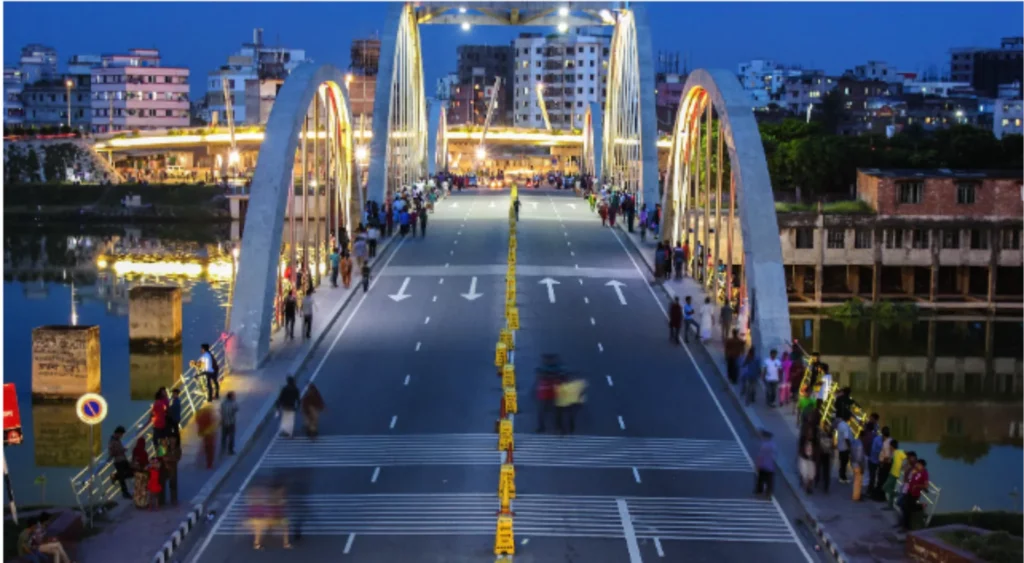Martin Asurza, President and founder of “Asurza Engineers Ltd.”, is a professional engineer in Ontario, Canada. As a transportation engineering professional, Martin possesses a profound understanding of the transportation/traffic engineering concepts, practices and standards. Thanks to his extensive experience, Martin has been qualified by the Ontario Land Tribunal (OLT) and has participated as witness to provide expert opinion evidence on matters related to transportation and traffic engineering.
“Maximizing Parking Areas for Mixed-Use Developments”
How many times we have seen that after the planned building(s) for a site, there is not enough space for the number of parking stalls as required by municipal regulations?
Municipal regulations require a certain amount of parking spaces for each type of land use. Often, these requirements result in a surplus of parking that goes well beyond to what is normally needed.
As such, it is not uncommon to see mixed-use developments with excessive number of parking supply, even with posted signs like “Reserved Parking” or “For Visitors Only” that remain empty most of the time. Parking is an expensive real estate for developers, even more when parking spaces are underused.
“Shared parking” is a concept aimed to maximize parking areas that finds its direct application on mixed-use developments. The general strategy is to identify supplementary land uses to obtain, as a result, the optimization or maximization of parking resources, and minimize the excess supply of parking spaces.
Since parking demand is directly related to the transportation system, it fluctuates over a day with marked peak periods. For single land use developments like apartment buildings, parking lots are nearest to empty during the day time but demand peaks during the night time. This is because most of people leave their residences early in the morning for their work activities to return in the late afternoon or night.
To illustrate better the benefits for shared parking, let’s assume a small mixed-use land development to include 30 apartment units, 8,000 sqf of medical building office and 2,500 sqf of convenience market. A typical municipal by-law will have the following parking requirements:
- Residential Apartments – 2 parking spaces per apartment unit.
- Medical Building Office – 1 parking space per every 250 sqf.
- Convenience Market – 1 parking space per every 300 sqf.
The estimation for required parking spaces according to the municipal regulations may be similar to the following table:

The accumulative parking spaces for the site indicates the need for100 parking spaces. However, the use of parking space can be optimized by sharing the same parking space in a mixed-use development. Using the same example, a site that is composed by residential apartments, medical building offices and a convenience market can share the parking spaces with no conflicts on parking demand.
Normally, medical offices will only be open during the day time (office hours) when clients and employees can use the parking spaces, and when most of the residents are out for work. In the late afternoon or night, residents will be able to use the same parking spaces, as medical offices do not have any activity after office hours. A local study can provide the parking occupancy percentage by time periods or can be taken from the “Parking Generation” published by the Institute of Transportation Engineers (ITE). Thus, using the same municipal parking rates, the estimation of total parking spaces can be done as shown in the following table:

By using the shared parking concept in the given example, it is noted that 61 parking spaces will cover the need for on-site parking at any time of the day. However, parking space rates under municipal zoning regulations are general requirements as a mean to standardize the need for parking spaces, as such, a municipal parking regulation does not consider specific local conditions or characteristics that might provide a different outcome for the number of parking spaces requirements. Additionally, municipal parking rates are based on covering 100% of the parking need at all times without consideration for shared parking.
Therefore, it is possible to maximize even more the parking space by doing local parking surveys on sites with similar land uses to what is proposed for a development. Local surveys will better capture the rates to be applicable for the area when estimating the number of on-site parking spaces.
As an alternative, the ITE Parking Generation publication provides parking rates based on a certain number of surveys for different type of land uses. The use of the ITE rates provide a different set of scenarios that allow us to maximize the parking space for mixed-use developments. Thus, the estimation of total parking spaces using the ITE parking rates with the shared parking concept is illustrated in the following table:

Using the same site as example, a total of 49 parking spaces are estimated when using the ITE parking rates. In our example, the shared parking concept allow us to reduce the estimation for parking spaces from 100 spaces to 61 spaces or possibly to 49 spaces as discussed in this article. The maximization of parking space can be even more dramatic for large developments with important savings in real estate.
In summary, shared parking is a land use/development strategy that optimizes parking capacity by allowing supplementary land uses to share parking spaces, rather than producing separate spaces for every land use. Prior deciding the methodology for estimation of parking spaces, it is important to discuss with the municipal authorities the characteristics of a mixed-use site and the benefits for shared parking to obtain approval for the approach when undertaking the analysis for parking space estimation.
Asurza Engineers Ltd. – www.asurza.ca – Ontario, Canada.





